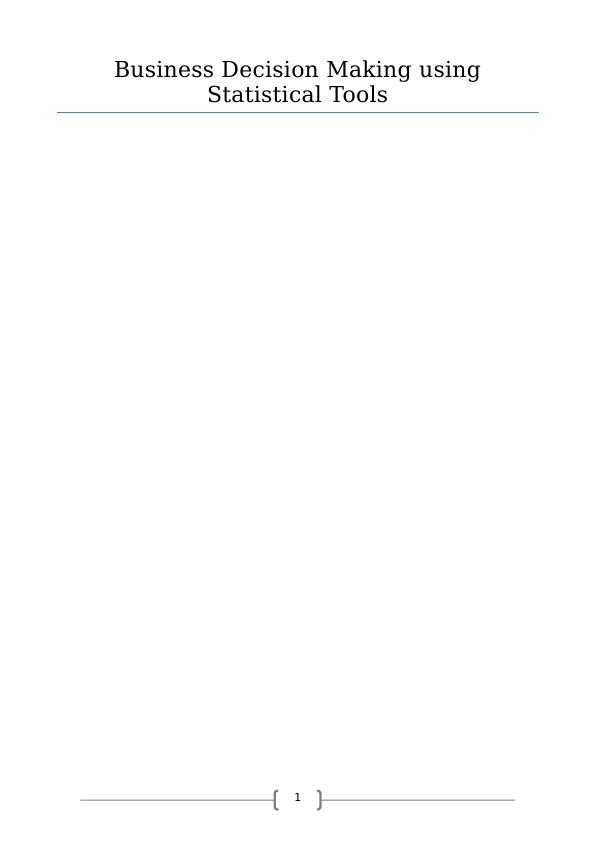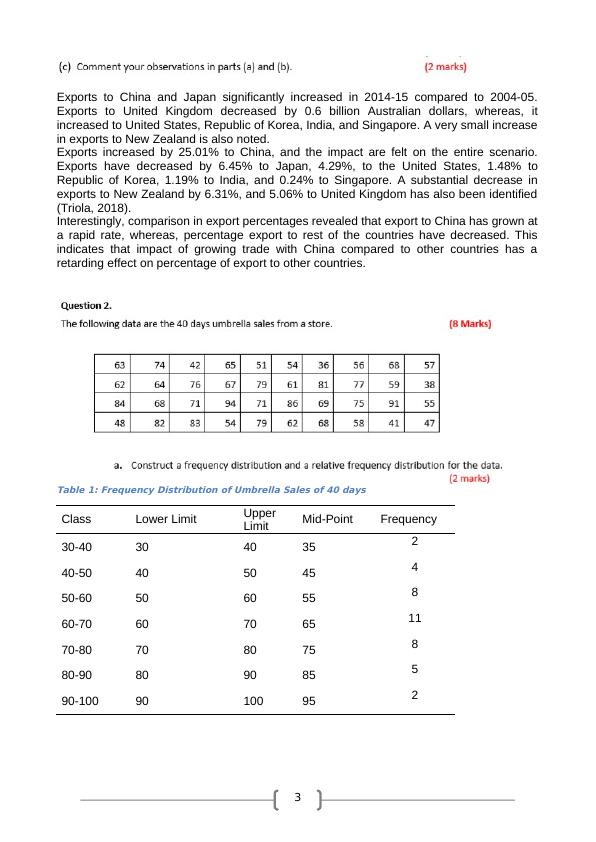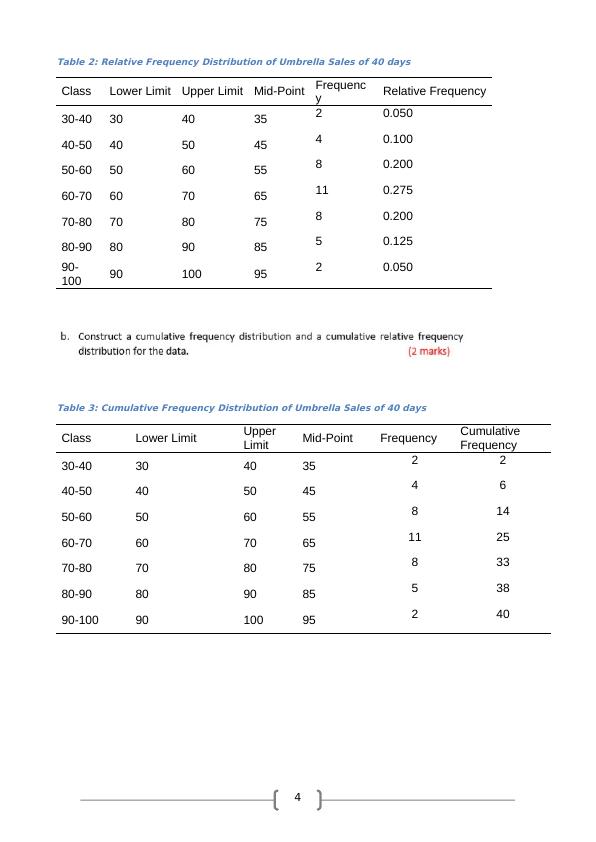Business Decision Making using Statistical Tools
Added on 2022-12-22
11 Pages1928 Words2 Views
End of preview
Want to access all the pages? Upload your documents or become a member.
Analyzing Export Markets and Umbrella Sales
|12
|2452
|31
Graphical Techniques for Representing Australian Exports and Frequency Distributions
|11
|1323
|75
Assessment on Group Assignment 2022
|15
|3064
|17
Statistics Assignment: Australian Exports Analysis, Analysis of Sales, Estimation and Testing Significance Level
|11
|1439
|69
Australia: Direction of Exports | Assignment
|12
|1638
|132
Analyzing Sales Distribution of Umbrellas
|12
|1418
|20




